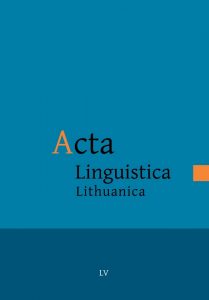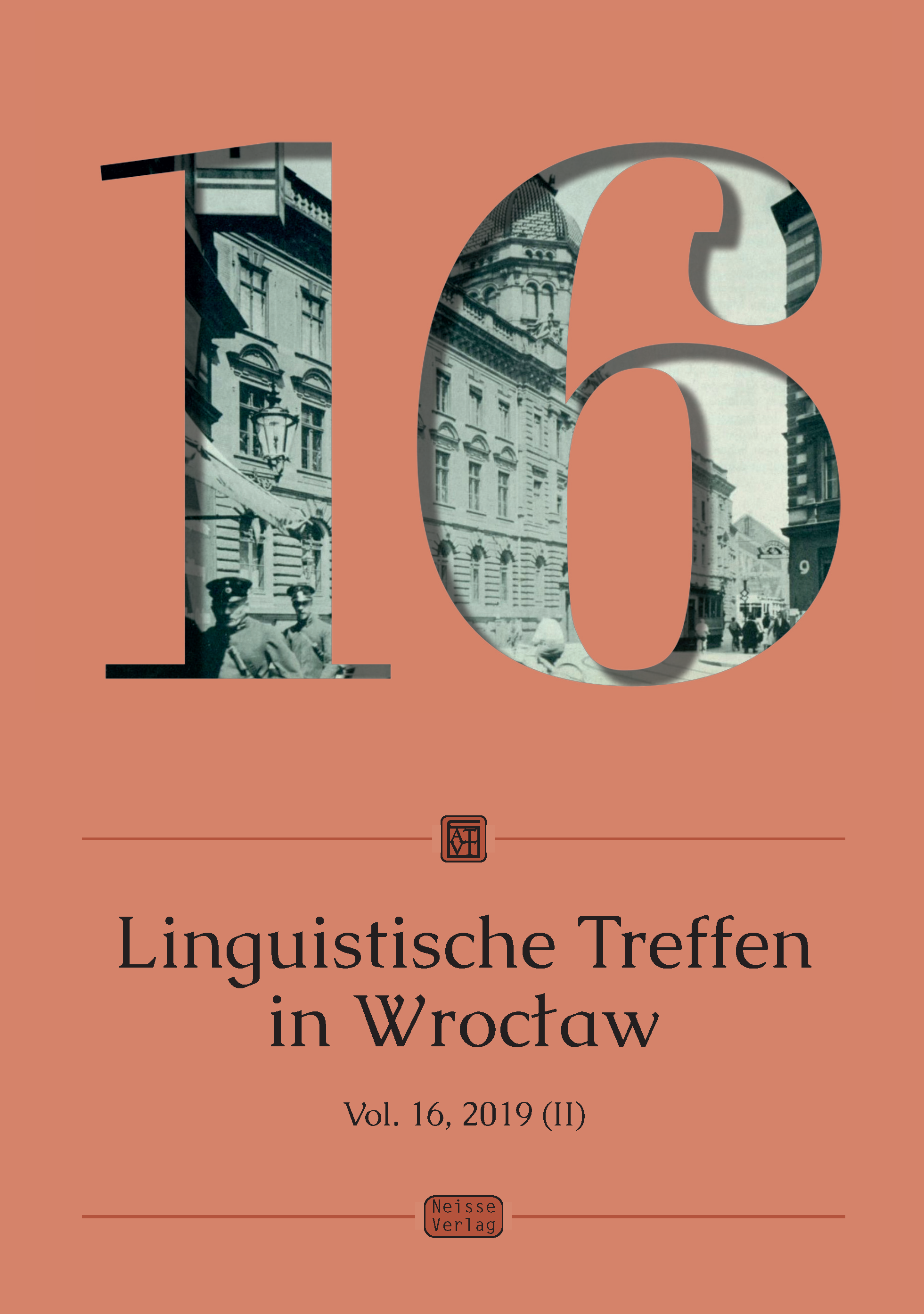
Dėl esamojo ir būtojo kartinio laiko dalyvių bei padalyvių darybos ir morfeminio skaidymo
In this article a new attempt is made at defining, from a synchronic point of view, the morphological structure of present and (semelfactive) past participles and gerunds. Grammars and manuals differ in the way in which these forms are segmented. The treatment depends, first of all, on whether the 3rd person present indicative forms on which they are based, and the inflectional affixes, are viewed diachronically or synchronically. OfOften the examples cited in the literature contradict the definition offered for an inflectional ending, and the interpretation of 3rd person forms may vary between thematic vowel and ending throughout one work. This article shows how the formation of present and past participles and gerunds can be described on the assumption that the historical thematic vowels of 3rd person forms are, synchronically, endings.
More...

